Teaching skip counting? Introduce your students to our I Have Who Has - style whole class games with this fun and interactive card activity!
Skip Counting by Varied Intervals – 2s, 3s, 4s, 5s &10s
Get your next maths lesson vibing from the very start! Our ‘I Have, Who Has?’ games are a total hit with students and teachers alike, and for good reason.
Help your students recall skip counting (or repeated addition) facts with speed and automaticity by using this fun game in our class as a warm-up or as an end of day game.
How to Play Skip Counting by 2s, 3s, 4s, 5s &10s I Have Who Has
- Shuffle the deck and hand one card to each student. If there are any remaining cards, give some students two cards.
- Have the students stand up and look at their card(s).
- The student with the card, “I have the first card” will start the game. They will read their card out loud and sit down.
- The student who has the card with the correct answer then reads their card out loud and sits down.
- Play continues until all cards have been read.
Tips for Differentiation + Scaffolding
A team of passionate teachers created this skip counting resource to support your maths lessons.
If you have a mixture of above and below-level learners, check out these suggestions for keeping students on track with the concepts:
🆘 Support Struggling Students
Help students who need help understanding the concepts by using the fishbowl method before playing. Gather a small group of students together in the centre of the room. Have the group model how to play the game before the whole class joins in.
➕ Challenge Fast Finishers
For students who need a bit of a challenge, encourage them to create an array, repeated addition, or word-based problem which reflects the fact on their card.
Easily Prepare This Resource for Your Students
Use the dropdown icon on the Download button to choose between the PDF or Google Slides version of this resource. A recording sheet and answer key are also included with this download.
Print on cardboard for added durability and longevity. Place all pieces in a folder or large envelope for easy access.
Sustainability Tip: Print a few recording sheets on cardboard and slip them into write-and-wipe sleeves. Students can record their answers with a whiteboard marker and then erase and reuse them.
This resource was created by Brittany Kellogg, a teacher and Teach Starter Collaborator.
Don’t stop there! We’ve got more great maths games to take your teaching to the next level!
Create arrays to fill the board with this fun multiplication game. A board game to play in groups when learning to multiply and divide numbers by 10 and 100. Use this engaging and fun game to practise fact families and the relationship between multiplication and division.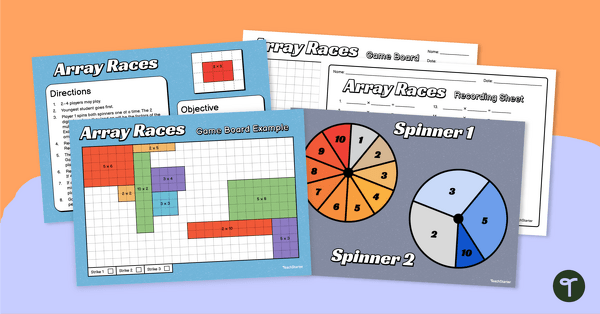
teaching resource
Array Races Multiplication Game – Facts 2, 3, 5 and 10
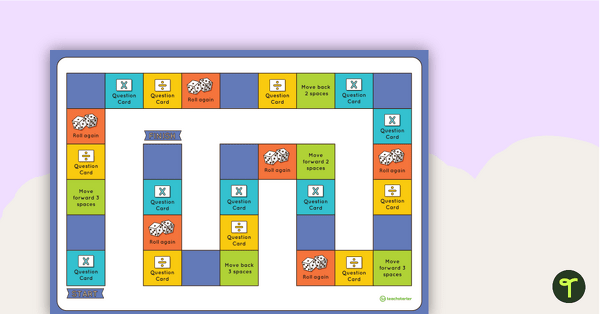
teaching resource
Multiply It or Divide It! Board Game
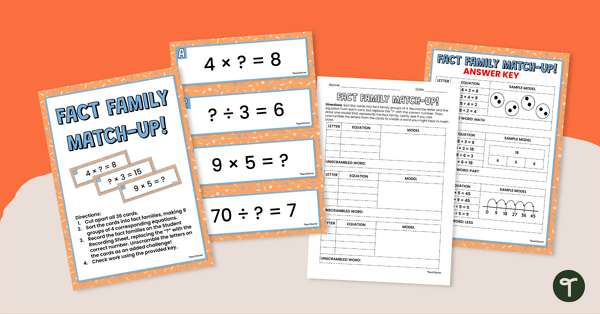
teaching resource
Fact Family Matching Game (Multiplication and Division)
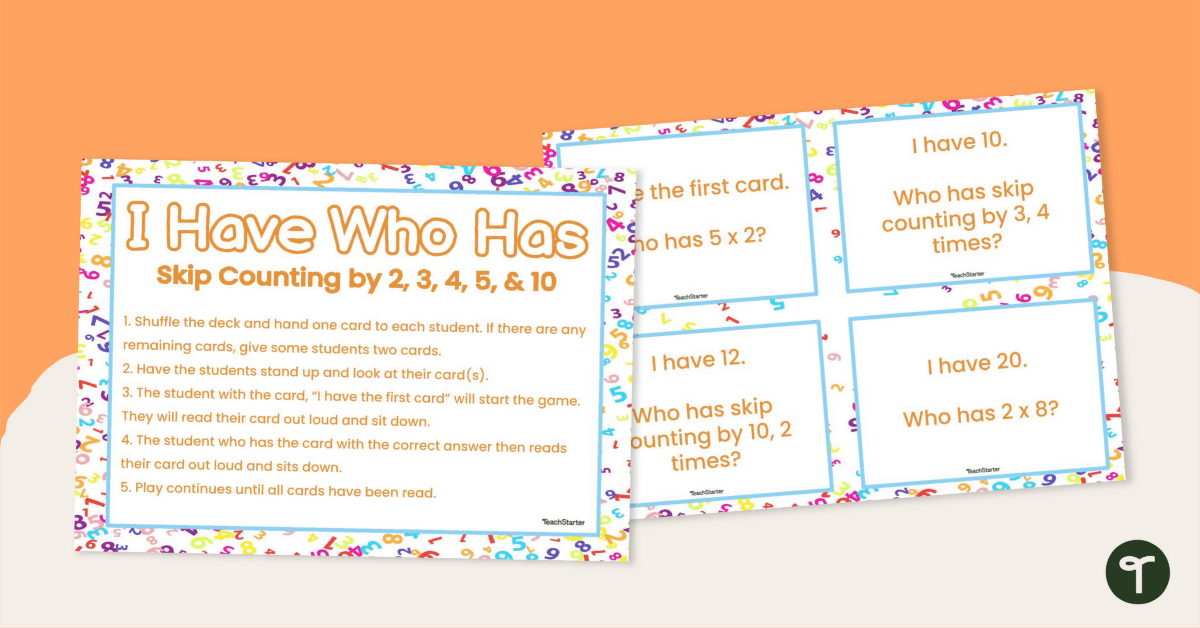

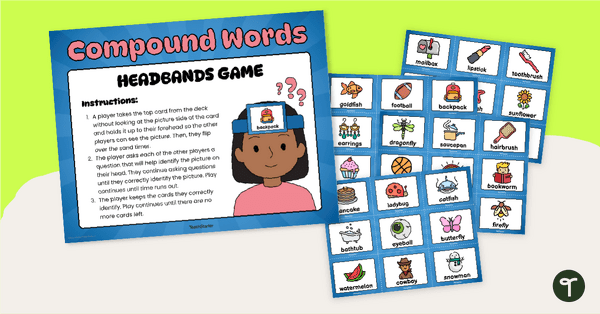
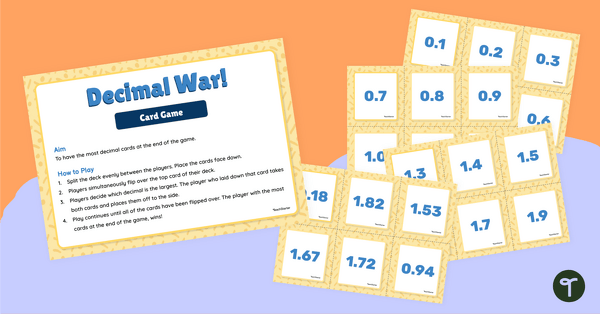
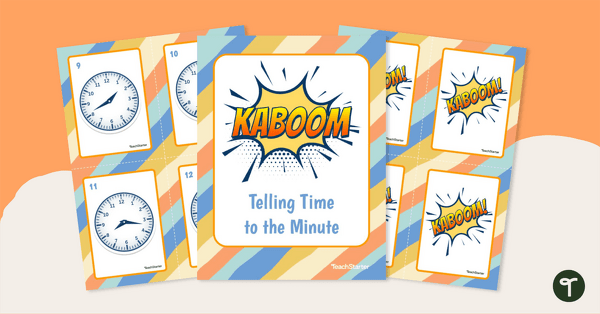


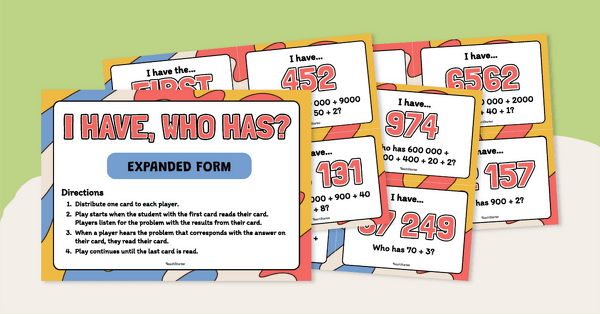
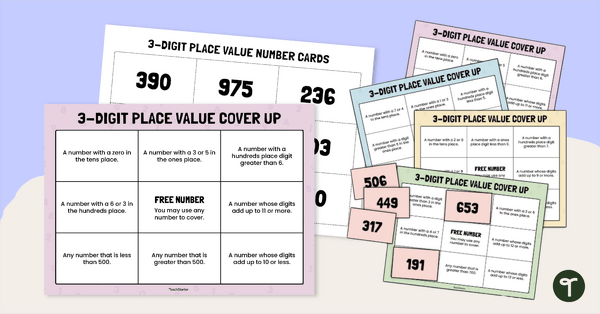
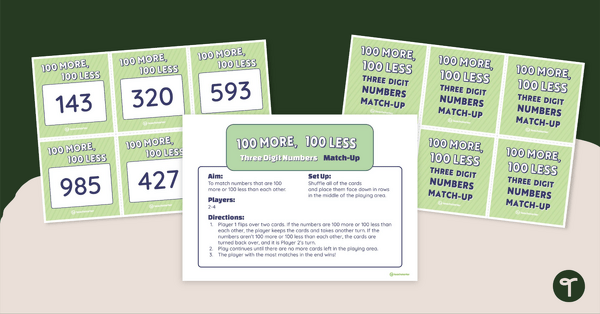
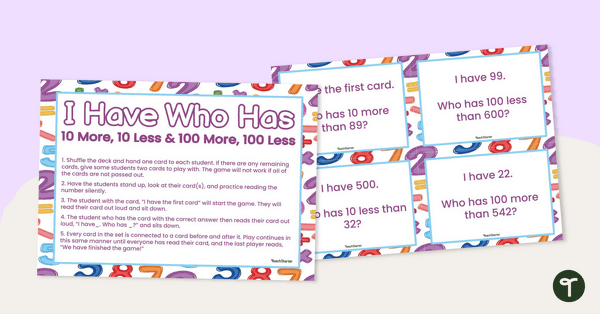

0 Comments
Write a review to help other teachers and parents like yourself. If you'd like to request a change to this resource, or report an error, select the corresponding tab above.